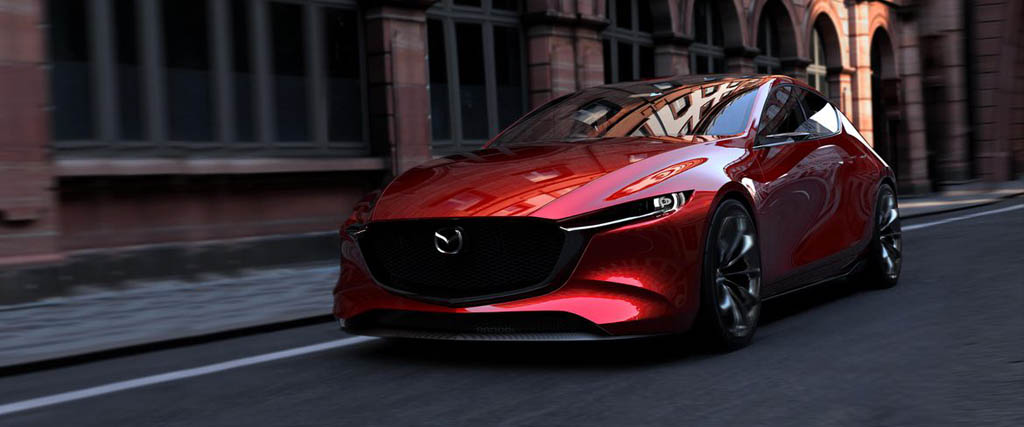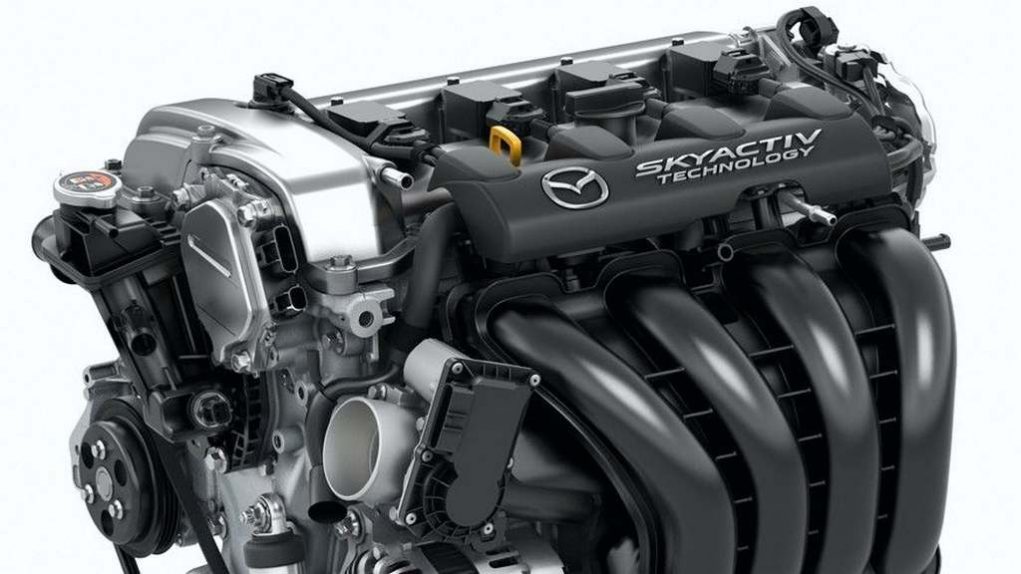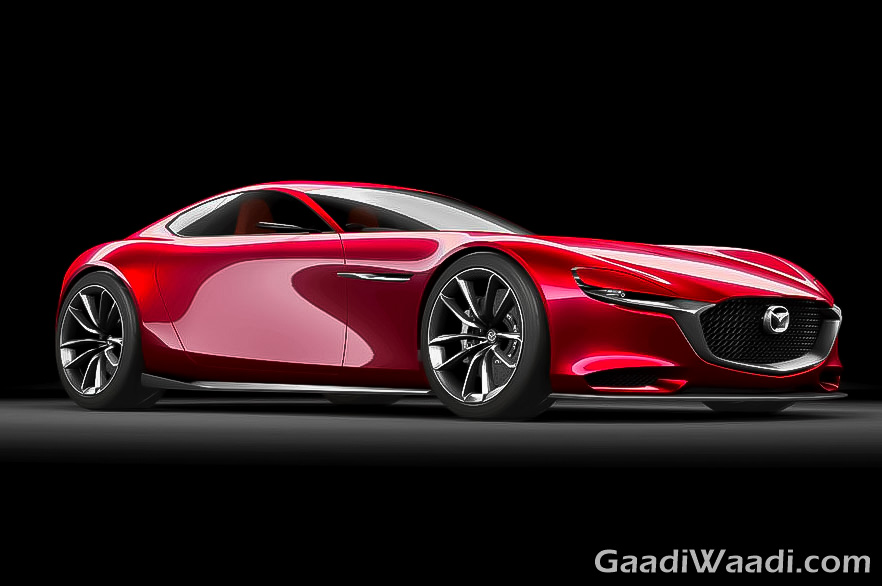
The new Mazda Skyactiv-X compressed ignition petrol engine is said to be 30 percent more fuel efficient; will be commercially used from 2019
This news might sound odd to you because Mazda has come up with a more efficient petrol engine when the whole industry is looking to make a giant leap into the electrification future. The Japanese automaker claims that the new compression ignition engine can return up to 30 percent more mileage and the powertrain will be available for road use from 2019.
Mazda will partner Toyota to develop electric vehicle technology and build an over-a-billion dollar plant in the United States. The research and development head for the brand, Kiyoshi Fujiwara, said earlier that it is essential to pursue the ideal internal combustion engine. He reiterated that despite the future is electric, IC engines come as the first priority and we certainly appreciated his bold statement.
Dubbed as the Mazda Skyactiv-X, it would become the world’s first commercially used petrol engine incorporating compression ignition technique. The ground-breaking technology is said to create an upper hand over Mazda’s competitors like General Motors and Daimler who have worked on several iterations of similar type for decades.
Mazda says the fuel-air mixture ignites spontaneously when compressed by the new engine’s piston. This effectively means combining the advantages of petrol and diesel engines for improved fuel efficiency. It has also been confirmed that Mazda has no intentions of supplying the engines with the Skyactiv-X technology to other manufacturers.

However, on the bright side, Mazda is notoriously known for taking risks. They did succeed with the revolutionary rotary engines and persisted with it for so long. The engine did help them attain global status and let alone many motorsport accolades around the world. If the Skyactiv-X technology can appease the stringent emission norm regulators and can be as fuel efficient as claimed, we could probably see the petrol engines living longer than anticipated (with hope and delight).

Meanwhile, its new tech equipped vehicles with comparable power will have emissions of 142 g/km. But they emit less CO2 than EVs if the electricity is generated by petroleum or coal. Moreover, Mazda has found that a mid-size EV needs 20 kWh of electricity per 100 km and the coal required to produce that much electricity means it has emissions of 200 g/km. This is substantially worse than vehicles powered by gasoline with 156 g/km or liquefied petroleum gas 100 g/km.

